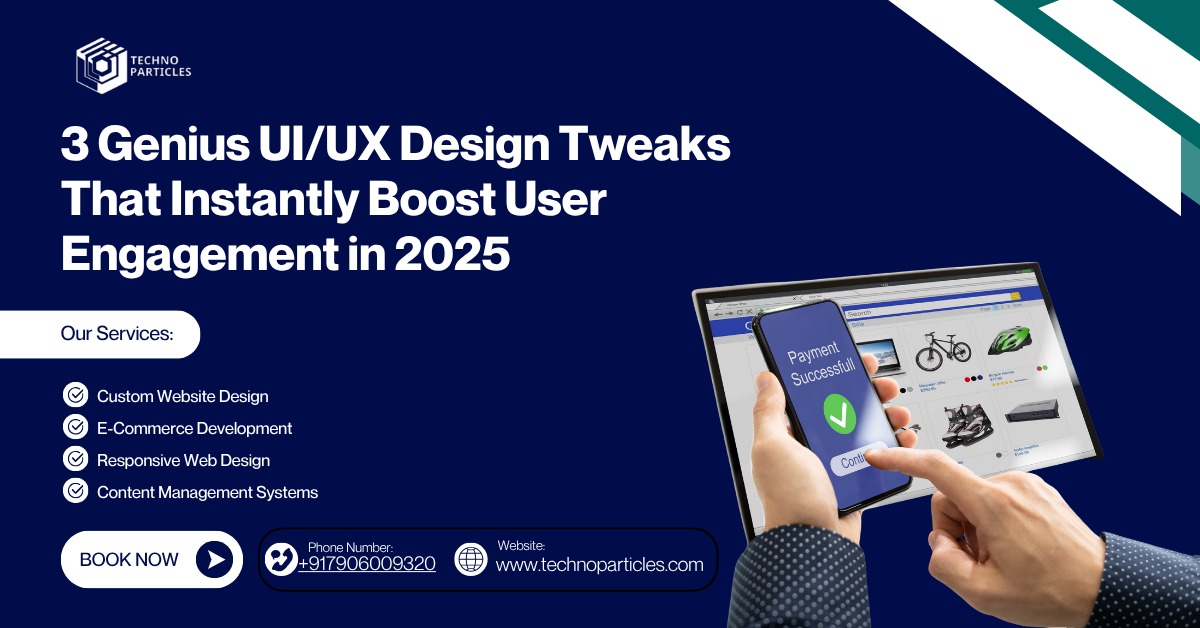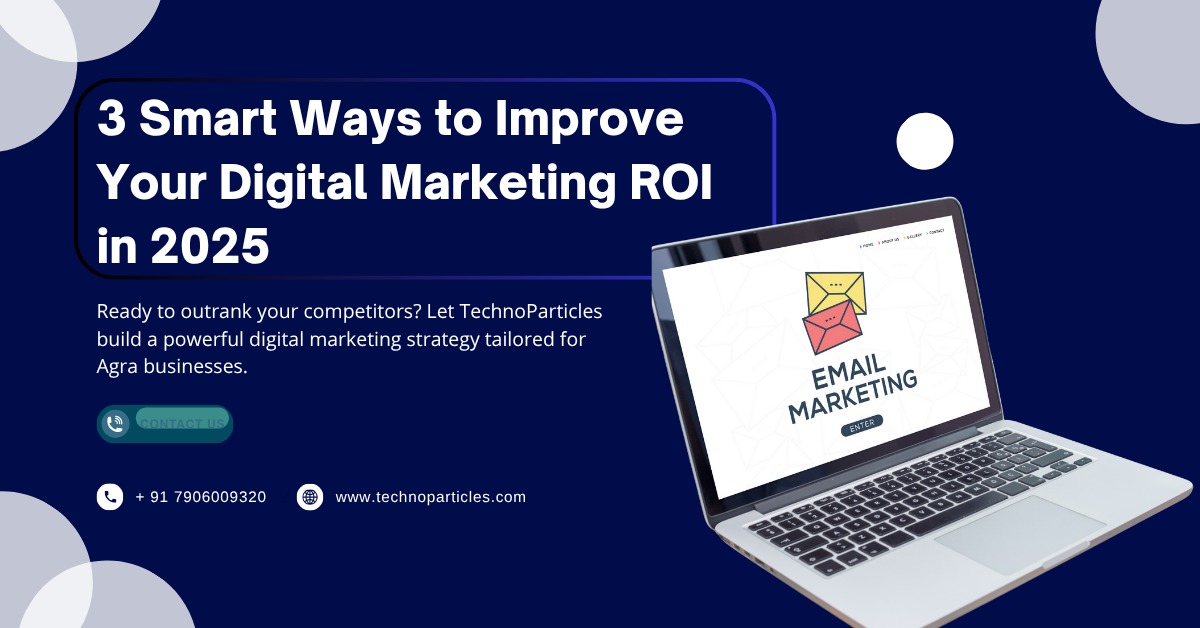33 Genius UI/UX Design Tweaks That Instantly Boost User Engagement in 2025
In 2025, user experience (UX) has officially become the most important factor in determining whether a user stays on your website—or leaves within the first three seconds.
We live in a digital-first world where people expect instant responses, personalized experiences, and seamless interaction across every device. The competition online is massive, and users no longer tolerate slow, confusing, or outdated websites.
Today, design isn’t just about making things look good. It’s about how smoothly users can navigate, how quickly pages load, how relevant the experience feels, and how emotionally connected users feel while interacting with your interface.
This shift has created a new reality:
Small UI/UX improvements can create huge changes in user retention, engagement, and conversions.
In this blog, we explore 3 powerful, practical ways you can instantly improve your website’s user experience and stay ahead of the curve in 2025.
1. Micro-Interactions That Delight Users
Micro-interactions are the tiny design details that respond to a user’s action—like a button animation, a satisfying checkmark after submitting a form, or a soft hover effect that helps users understand what’s clickable.
Though they seem small, micro-interactions are the heartbeat of modern UX.
They guide users, reduce friction, and add a layer of personality to your
2. Personalized User Experiences with AI
AI-driven personalization is shaping the future of UX.
Gone are the days of showing the same layout or recommendations to every visitor.
Today’s users want experiences that feel tailor-made for them, based on their behavior, preferences, and browsing patterns.
How AI transforms modern web experience: • Adjusts website layout based on user behavior
• Shows personalized product recommendations
• Suggests content based on browsing history
• Supports users with AI-powered chat assistants
• Predicts what users will search for next
Real-world examples of AI personalization: • Netflix adjusts thumbnails and categories based on interests
• Amazon shows dynamic product suggestions
• Spotify creates personalized playlists
• News websites rearrange articles based on user reading habits
Benefits of AI-driven personalization: • More relevant content for users
• Higher engagement and longer session times
• Improved satisfaction and trust
• More conversions for e-commerce websites
• Better product discovery and repeat visits
Tools that help implement AI personalization: • Google Analytics 4 (behavior analysis)
• Hotjar AI (user session insights)
• Dynamic Yield (personalized content delivery)
• ChatGPT API (AI chat support, recommendations)
3. Speed & Simplicity – The New UX Gold Standard
Speed and simplicity have become two of the most important elements in modern UX design.
No matter how beautiful your UI is, if your website takes too long to load or feels complicated, users will leave immediately.
Why speed matters more than ever: • A 1-second delay in loading can reduce conversions by 20%
• 53% of users abandon mobile sites that take more than 3 seconds to load
• Fast websites rank higher on Google
• Slow performance reduces trust and credibility
In 2025, users expect instant digital experiences—whether on mobile or desktop.
Techniques to improve website speed: • Implement lazy loading for images and videos
• Use modern image formats like WebP
• Compress large files and remove unused scripts
• Integrate a Content Delivery Network (CDN)
• Optimize code and reduce heavy animations
Why simplicity outperforms fancy design: • Reduces cognitive load and confusion
• Helps users complete tasks faster
• Improves accessibility and readability
• Makes mobile browsing smoother
• Delivers a more professional feel
Simple design practices to follow: • Use clean typography and generous spacing
• Avoid unnecessary animations or effects
• Use clear CTAs and logical navigation structure
• Stick to a minimal color pale







Leave a comment